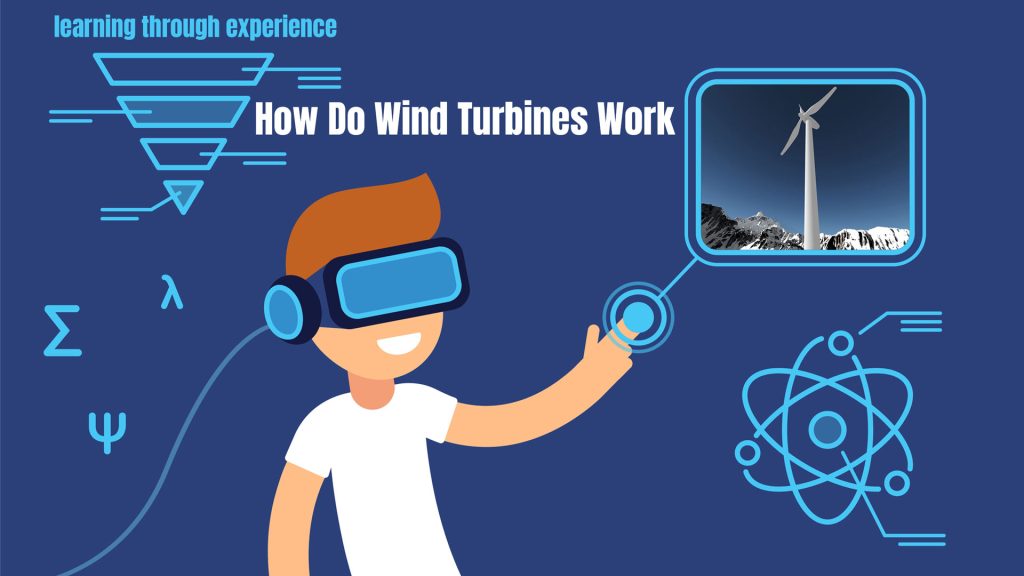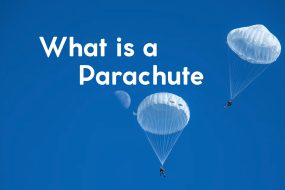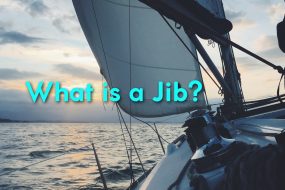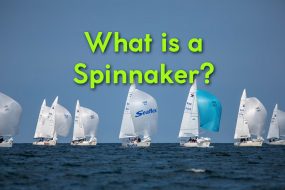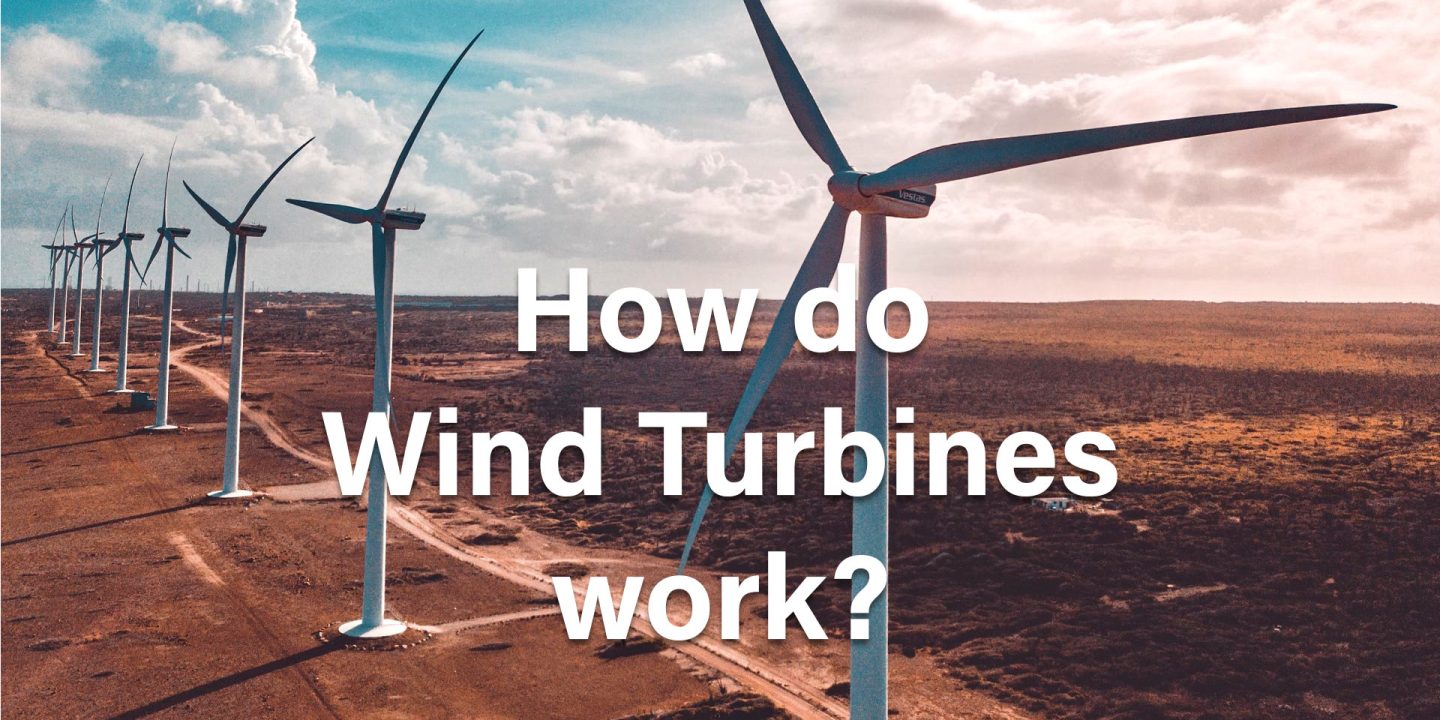
How do wind turbines work?
Introducing
Wind turbines work by converting the kinetic energy of wind into electrical energy. The blades of the turbine rotate in the wind, which turns a shaft that is connected to a generator. The generator then converts this mechanical energy into electrical energy, which can be used to power homes and businesses.
Wind turbines are a clean and renewable source of energy and have become increasingly popular in recent years as the cost of traditional forms of energy such as coal and oil have risen. There are now over 1 million wind turbines operating worldwide, providing enough energy to power millions of homes.
Wind turbines are devices that convert wind kinetic energy into rotational energy that can be used to generate electricity. The most common type of wind turbine consists of a rotating shaft connected to a generator, which is mounted on a tower. When the wind blows, the turbine’s blades rotate, causing the shaft to spin. This rotation turns the generator, which produces electricity.
Other types of wind turbines include those that use vertical axes (known as “vertical axis wind turbines,” or “VAWTs”), and those that are mounted on platforms offshore (known as “offshore wind turbines”).
Wind turbines can be used to generate electricity for a single home or business, or they can be connected together to form a wind farm, providing power for an entire community.
How Do Wind Turbines Work?
Wind turbines work by converting the wind’s kinetic energy into electrical energy. The turbine blades are turned by the wind, which spins a shaft connected to a generator. The generator then produces electricity, which can be used to power homes and businesses. Wind turbines can be used to generate electricity for a single home or business, or they can be connected to the electrical grid, allowing them to generate electricity for many people.
Wind turbines are typically mounted on tall towers, and the taller the tower, the more wind they can capture. The blades of a wind turbine rotate around a central shaft, and as they do, they turn a generator that produces electricity.
The amount of electricity that a wind turbine can generate depends on the size of the turbine, the wind speed, and the generator’s efficiency. Most large commercial wind turbines have a capacity of 1.5-2 MW and can generate enough electricity to power hundreds of homes.
Wind power is a renewable resource that can be replenished naturally and does not need to be replenished like fossil fuels. Wind power is also a clean energy source, meaning that it does not produce emissions that can harm the environment.
There are some drawbacks to wind power, however. Wind turbines can be noisy, and they can also be a visual blight on the landscape. In addition, wind power is intermittent, meaning that it can’t be relied upon for a constant electricity supply. But despite these drawbacks, wind power is a viable option for generating electricity and one that is becoming increasingly popular as the world looks for ways to reduce its reliance on fossil fuels.
The best way to learn how Wind Turbine works is through Virtual Reality
You can also attend a course and experience how the wind turbine works if you have a VR headset (WebXR). The course is free and, without installation, runs directly in the browser. You can find more information and the course here:
Awesome VR Course about How wind turbine works
The Different Types of Wind Turbines
There are two main types of wind turbines: the horizontal axis and the vertical axis. Horizontal axis turbines have blades perpendicular to the ground, while vertical axis turbines have blades parallel to the ground. There are also a variety of designs for each type of turbine.
Horizontal axis turbines are the most common type of turbine typically used in commercial applications. These turbines have blades about 80 meters (260 feet) long and can generate up to 5 MW (megawatts).
Vertical axis turbines are less common but are often used in smaller-scale applications, such as powering homes or businesses. These turbines have shorter blades and can generate up to 1 MW of electricity.
How Wind Turbines are Connected to the Electrical Grid
Wind turbines can be connected to the electrical grid in various ways. The most common method is to connect the turbine to a power station, which then sends the electricity to the grid. Alternatively, the turbine can be connected directly to the grid, which allows it to generate electricity for a larger number of people.
How does a wind turbine generate electricity?
A wind turbine generator is a device that converts the kinetic energy of wind into electrical energy. The generator consists of a rotor, which spins in the wind, and a stator, which is stationary. The rotor is connected to the shaft of a generator, and the stator is connected to the ground. As the rotor spins, it turns the shaft of the generator, which produces electricity.
The wind turbine generator is a renewable energy source that can be used to generate electricity. It is an environmentally friendly alternative to traditional fossil fuel-based power plants. The generator can be used in both onshore and offshore applications. In addition, the generator can be used in a variety of different power systems, including grid-connected and stand-alone systems.
The Benefits of Wind Energy
Wind energy has several advantages over other forms of energy generation.
First, it is a renewable resource that can be replenished naturally and does not need to be replenished like fossil fuels.
Second, wind power is a clean energy source, meaning that it does not produce emissions that can harm the environment.
Third, wind energy is intermittent, meaning that it can’t be relied upon for a constant electricity supply. However, despite these drawbacks, wind power is a viable option for generating electricity and one that is becoming increasingly popular as the world looks for ways to reduce its reliance on fossil fuels.
How You Can Use Wind Energy in Your Home or Business?
If you’re interested in using wind energy in your home or business, you can do a few things to get started. First, you’ll need to research the feasibility of installing a wind turbine at your location. This will involve considering factors such as the average wind speed in your area and the height of any nearby buildings or trees.
Once you’ve determined that a wind turbine is feasible for your location, you’ll need to select a model and have it installed. Finally, you’ll need to connect the turbine to the electrical grid so that it can generate electricity for your home or business.
What is a wind farm?
A wind farm is a group of wind turbines in the same location used to produce electricity. Wind farms can be found in both onshore and offshore locations.
The first commercial wind farm was built in 1981 in California. The world’s largest wind farm is located in China. Wind farms have become a significant source of renewable energy around the world. In 2017, wind power provided 4% of the world’s electricity.
There are many different types of wind turbines that can be used in a wind farm. The most common type is the horizontal-axis wind turbine (HAWT). HAWTs have blades that rotate around a horizontal axis.
The other type of wind turbine is the vertical-axis wind turbine (VAWT). VAWTs have blades that rotate around a vertical axis.
Wind farms can be built onshore, in areas where there is open land. They can also be built offshore, in shallow waters near coastlines. Building an offshore wind farm is more expensive than building an onshore wind farm. But offshore wind farms have the advantage of having steadier winds, which can result in higher electricity production.
When choosing a location for a new wind farm, developers must consider many factors, such as wind speed, land availability, and access to the power grid.
Wind farms have become a controversial topic in some communities. Some people worry about the visual impact of the turbines, the noise they make, and their potential to harm birds and other wildlife.
Others support wind farms as a source of renewable energy that can help reduce dependence on fossil fuels and combat climate change.
The Challenges of Wind Energy
As wind energy becomes more popular, many challenges need to be addressed. First, wind turbines can be noisy and can also be a visual blight on the landscape. In addition, wind power is intermittent, meaning that it can’t be relied upon for a constant electricity supply. But despite these drawbacks, wind power is a viable option for generating electricity and one that is becoming increasingly popular as the world looks for ways to reduce its reliance on fossil fuels.
The Drawbacks of Wind Energy
While wind energy has several advantages, it also has some drawbacks. First, wind turbines can be noisy and can also be a visual blight on the landscape. In addition, wind power is intermittent, meaning that it can’t be relied upon for a constant electricity supply. But despite these drawbacks, wind power is a viable option for generating electricity and one that is becoming increasingly popular as the world looks for ways to reduce its reliance on fossil fuels.
How big are wind turbines?
Wind turbines come in various sizes, but the average commercial wind turbine is about 80 meters (262 feet) tall from the ground to the rotor’s hub. The blades are usually about 50 meters (164 feet) long, making the rotor diameter about 100 meters (328 feet). That means that each rotation of the blades covers an area that’s just over 10,000 square meters (108,000 square feet) in size.
That may seem like a lot, but it’s just a tiny fraction of the total wind energy available at any given moment. In order to capture as much of that energy as possible, wind turbines are usually built in large arrays with hundreds or even thousands of individual turbines.
How fast does a wind turbine spin?
Wind turbines typically spin at around 20-30 revolutions per minute (RPM). However, some wind turbines can spin at speeds of up to 60 RPM. The speed at which a turbine spins is dependent on the wind speed and the turbine’s design.
Larger wind turbines tend to spin more slowly than smaller ones because they are designed to capture more energy from the wind. The blades on a turbine are also designed to twist or “feather” in high winds, which helps to keep the turbine from spinning too fast and damaging itself.
Windmill vs. Wind turbine
There are some key differences between wind turbines and windmills.
Wind turbines are typically much larger than windmills, and they generate electricity rather than grinding flour or pumping water.
Windmills have blades that rotate around a central axis, while wind turbines have blades that rotate on a horizontal axis. The blades on a turbine are also much longer than the blades on a mill. Windmills are usually used for specific tasks, such as grinding flour or pumping water, while wind turbines are used to generate electricity.
Wind energy has been used for centuries in the form of windmills. These early machines were used for tasks such as grinding flour and pumping water. Windmills have blades that rotate around a central axis, and they are usually much smaller than wind turbines. The blades on a mill are also much shorter than the blades on a turbine.
Wind turbines were first developed in the late 1800s, and they are now the most common type of machine used to generate electricity from wind energy. Wind turbines have blades that rotate on a horizontal axis, and they are typically much larger than windmills. The blades on a turbine are also much longer than the blades on a mill. Wind turbines are used to generate electricity, while windmills are usually used for specific tasks, such as grinding flour or pumping water.
The main difference between wind turbines and windmills is that wind turbines are used to generate electricity, while windmills are used for specific tasks. Wind turbines are typically much larger than windmills, and they have blades that rotate on a horizontal axis. The blades on a turbine are also much longer than the blades on a mill.
Wind turbines for homes
While wind turbines can be a great addition to any home, it is essential to do your research before purchasing one. There are many different types and sizes of turbines available, so you will want to make sure that you select the right one for your needs. You will also want to consider whether or not you have the proper location for installing a turbine.
If you live in an area with high winds, you may want to consider a larger turbine. Conversely, if you live in an area with lower wind speeds, you may want to opt for a smaller turbine.
Installing a wind turbine at your home can be a great way to generate your own renewable energy and save money on your energy bills. However, it is important to remember that wind turbines require regular maintenance in order to run properly.
Before you purchase a turbine, be sure to consult with a professional and always follow the manufacturer’s instructions for care and maintenance. Your turbine can provide you with years of clean, renewable energy with proper care.
The Future of Wind Energy
The future of wind energy is promising. As the world looks for ways to reduce its reliance on fossil fuels, wind power is becoming an increasingly popular option for generating electricity. In addition, as technology improves, wind turbines are becoming more efficient and less intrusive. As a result, wind energy will likely play an important role in the world’s energy mix in the years to come.
Conclusion of How Do Wind Turbines Work
Wind energy is a clean, renewable resource with many advantages over other forms of energy generation. However, some challenges need to be addressed before wind power can become a major player in the world’s energy mix. But despite these challenges, wind energy is a viable option for generating electricity and one that is likely to play an important role in the future.



